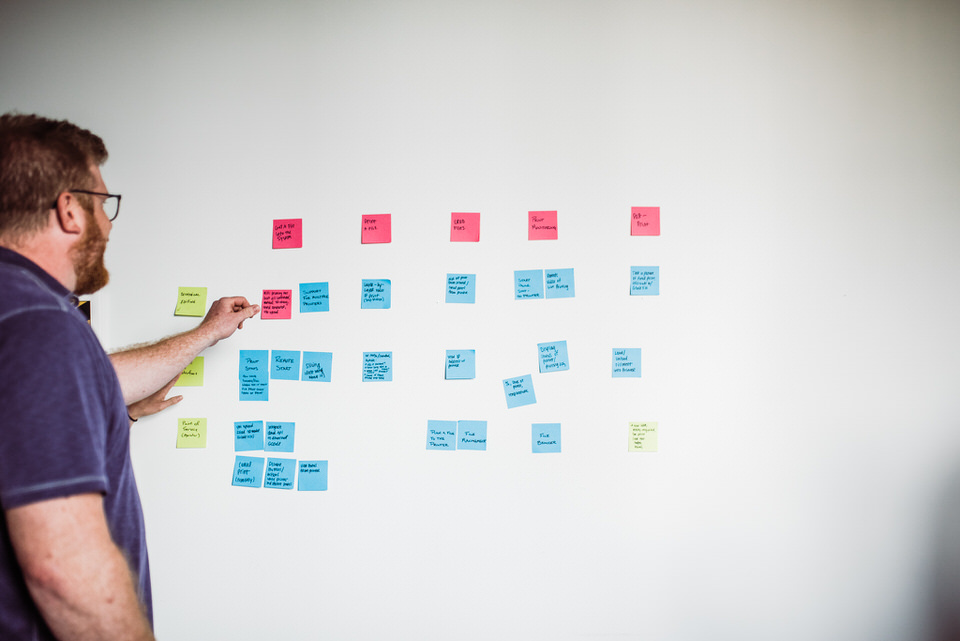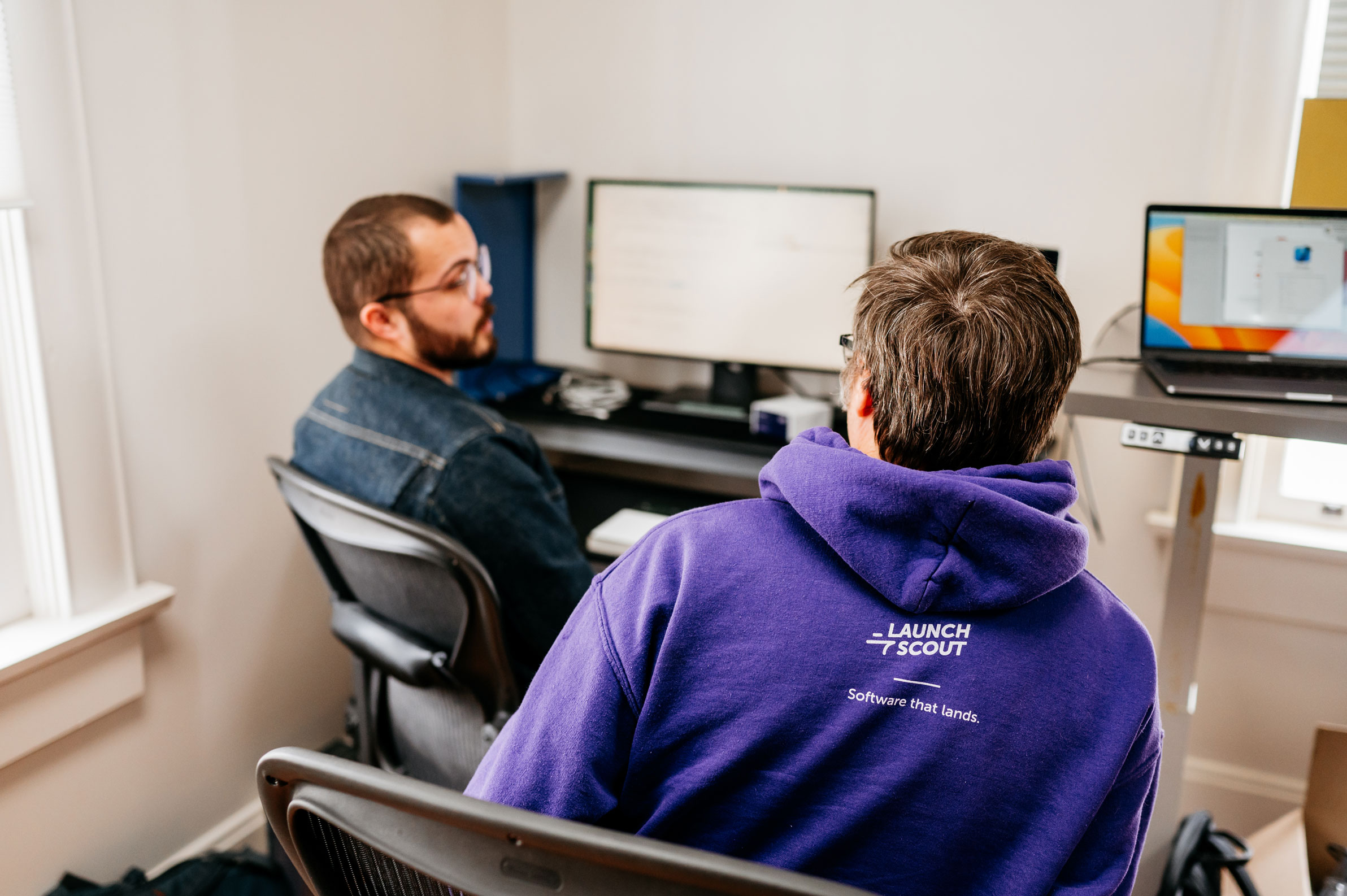
24 June 2020
Remote Discovery Work:Tips and tricks for the remote transition
The most effective way to begin solving any problem, discovery is important, collaborative work that helps us to move forward into design and development with confidence. It’s the time at the beginning of any custom software project where the team gets acclimated; better understands the goal to be accomplished, better understands our users, and explores potential solutions and any risks associated with those solutions. And it’s made harder now that we’ve all gone remote—but notice that we didn’t say impossible.
Being an organization that advocates for in-person collaboration, going fully remote has changed how we do things. We’ve had to adjust to Zoom meetings instead of huddle rooms and online tools instead of whiteboards, but collaboration is king (or queen) and we won’t let the lack of shared physical space deter us. Here are our golden rules to successful remote discovery:
- Set clear objectives
This is important regardless of working environment but becomes even more so when remote. When you aren’t sharing physical space, it’s even easier for plans to diverge and to get off track. Before you start, state your objectives clearly and concisely. For example, in the next two weeks, we want to:
… understand the effort involved to integrate with [insert third-party system],
… understand what our users need to accomplish to [insert task],
… understand the scalability of [insert tech stack].
Having your objectives explicitly laid out helps to hold both yourself and others accountable.
- Communication is key
Communicate often, speak explicitly, and ask questions—a lot of questions. So much can happen in even just an hour or two. Problems can be solved, roadblocks can come up, and priorities can change as a result of these things—keeping the entire team (that includes the client) apprised to what is happening is key to success. Explain things as clearly as possible and make sure that you understand what others are communicating. If you aren’t sure of something, ask for clarification. Nothing is worse than thinking that you have a shared understanding then realizing that is not the case after putting a lot of time and energy into something.
Our rule of thumb is to have a standing touchpoint every day and to set up an avenue for quick communication outside of that meeting. We set up a chat-app discussion and we have a standing 15-minute Zoom meeting every day to touch base on what happened the day prior, what we plan to work on that day, and ask any outstanding questions. But that’s usually not enough; we also use Zoom to work through things together throughout the day and we make sure to document our work-in-progress so everyone can have visibility into each other’s work.
- Find collaborative tools
Have we mentioned discovery requires collaboration? The exercises that we go through during discovery all require working together to be successful, so don’t let being apart keep that from happening. There are lots of tools available to make remote collaboration easier. Here are some of our favorites:
Favro — Kanban project management; think “beefed-up” Trello. We use Favro to visualize and document our work in progress.
Miro — Collaborative whiteboarding tool for exercises ranging from story mapping and empathy mapping to user personas and user flow diagrams, there are literally hundreds of templates to choose from.
Adobe XD or Figma — Collaborative design tools for designers. Sometimes screen sharing leaves designers wanting more, and collaborative tools like XD and Figma fill that desire. They allow multiples users to edit the same document in real time, providing a more realistic, in-person experience.
Zoom — Video conferencing; while we still prefer face-to-face interactions, we’ll take a video meeting over a phone call any day, and we’ve found that Zoom’s quality and dependability stand above the rest. Zoom can be used for team meetings, user interviews, pair programming, etc.
Discord — A free alternative to Slack; a chat application for quick communication.
Discovery work is important stuff, so we hope that these tips can help you make the transition from in-person to remote successfully!



